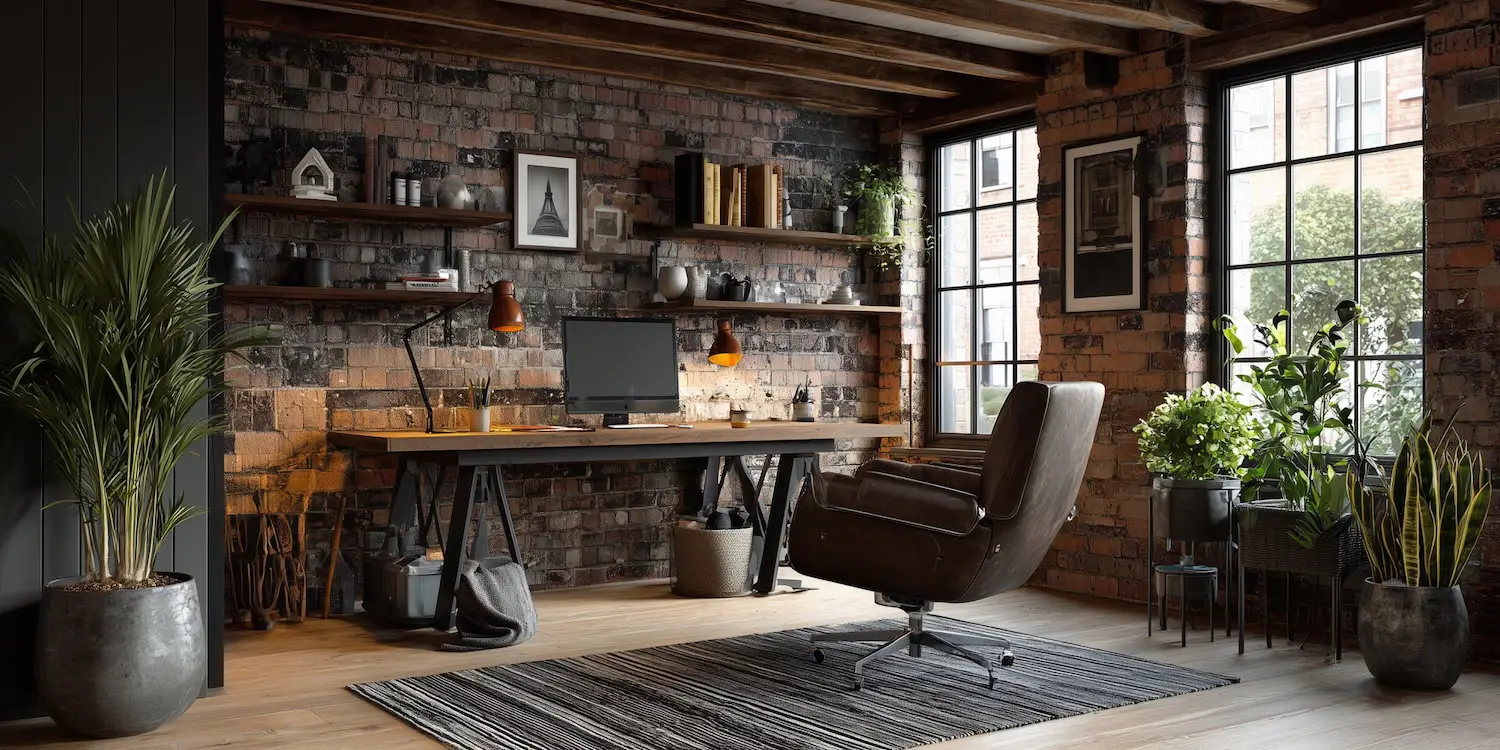Working from home offers many benefits, but it also introduces unique challenges. Without the physical separation of commuting, the boundaries between your work and personal life can become unclear. Emails may arrive late in the evening, lunch breaks might turn into quick snacks at the desk, and it can be challenging to disconnect entirely. Over time, this can lead to stress, poor sleep, and a constant feeling of being “on.” By setting clear boundaries, you can enjoy the flexibility of remote work while safeguarding your personal space and wellbeing.

Eight Helpful Ideas About Working From Home
1. Designate a workspace: Create a dedicated area in your home for work. This does not have to be a separate room; even a small desk or corner will do. The key is to train your brain to associate that space with focus and productivity. When you step away from it, you send yourself a signal that work is done.
2. Keep regular work hours: It is easy to let working from home spill into your evenings, but sticking to set hours is vital. Start and finish at the same time each day where possible. Use an alarm or reminder to mark the end of the workday and resist the temptation to keep checking in. Consistency helps you switch off mentally and makes home time feel separate.
3. Build a transition routine: Without a commute, it helps to create your own ritual to mark the shift from work to personal life. This could be a short walk, stretching, changing your clothes, or brewing a calming cup of tea. These small actions tell your mind and body that you have left the working day behind.
4. Communicate boundaries to others: If you live with family or housemates, let them know your work hours so they can respect your focus. Likewise, set expectations with colleagues about when you are available. Clear communication makes it easier for everyone to understand your boundaries.
5. Limit work in personal spaces: Try not to bring your laptop to the sofa or bed. Mixing work with relaxation spots makes it harder to unwind. Protect those areas as places for rest and leisure only. Separating environments helps your mind switch roles more easily.
6. Take proper work breaks: It is easy to skip breaks when working from home, but taking a step away from your desk is essential. Schedule time for lunch, movement, and fresh air. These pauses restore energy and make your return to work more productive.
7. Switch off devices at the end of the day: The constant buzz of emails and notifications makes it difficult to feel “finished.” Set boundaries with technology by turning off work apps after hours or using separate devices for personal and professional use. This creates space for relaxation without interruption.
8. Invest in your evenings outside working hours: Protect your evenings with activities that help you recharge. Cook a meal, connect with loved ones, enjoy a hobby, or spend time outdoors. By filling your personal time with things that feel meaningful, you create a clear contrast with your workday.
Final Notes On A Working From Home Balance
Working from home can be both productive and enjoyable if you protect the balance. By creating boundaries, you safeguard your wellbeing, maintain focus throughout the day, and allow yourself to relax when work is done.
Frequently Asked Questions Working From Home
Can flexible working hours still have structure?
Yes, you can adapt your start and finish times to suit your lifestyle, but it’s helpful to keep them consistent from day to day. Flexibility works best when paired with clear limits.
Is it healthy to check work emails in the evening?
Occasional checks may be acceptable, but making it a habit can lead to stress and burnout. It is better to schedule specific times for communication and then fully disconnect.
What tools help create boundaries when working from home?
Calendar reminders, focus apps, website blockers, and even using separate browsers for work and personal life can all reinforce the divide between professional and home time.
How do I manage work boundaries if I live in a small flat or shared space?
Use visual cues such as a folding desk, a dedicated chair, or even headphones to signal work time. Pack things away at the end of the day so your living space feels personal again.
Can employers support better work–life balance for remote staff?
Yes. By respecting agreed hours, encouraging breaks, and promoting wellbeing policies, employers can help staff avoid overwork and maintain healthy boundaries at home.
For further information about working from home, these websites might be of interest: Acas has some tips, as does Indeed. You might also like this article: How to decompress at the end of a busy day at work.
